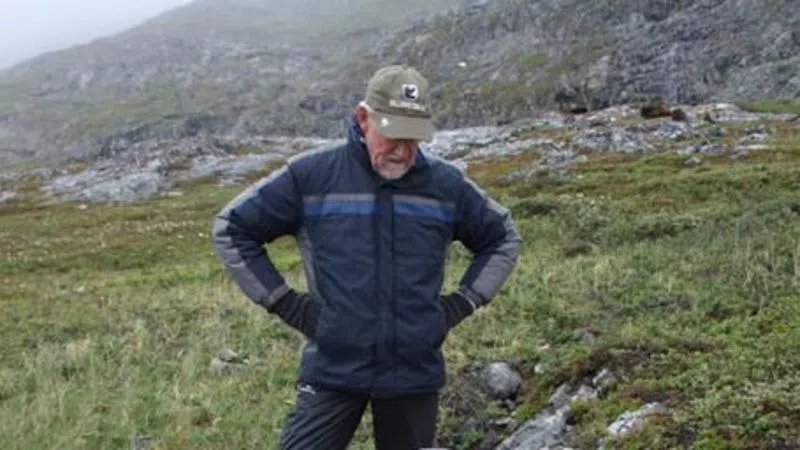
Scientists challenge claim that Labrador is site of planet’s oldest life
A team of geological researchers is challenging claims that some of the earliest life forms were discovered in northern Labrador in an ancient portion of the earth’s surface.
The argument that a rocky outcrop showed evidence of life going back 3.95 billion years was presented by Japanese scientists in 2017 by linking isotopic carbon evidence known as “chemofossils” with geological dating of rock formations.
A team of scientists led by Martin Whitehouse, a professor of geosciences at the Swedish Museum of Natural History, agrees the ancient signatures of life are present in the Torngat mountain region.


